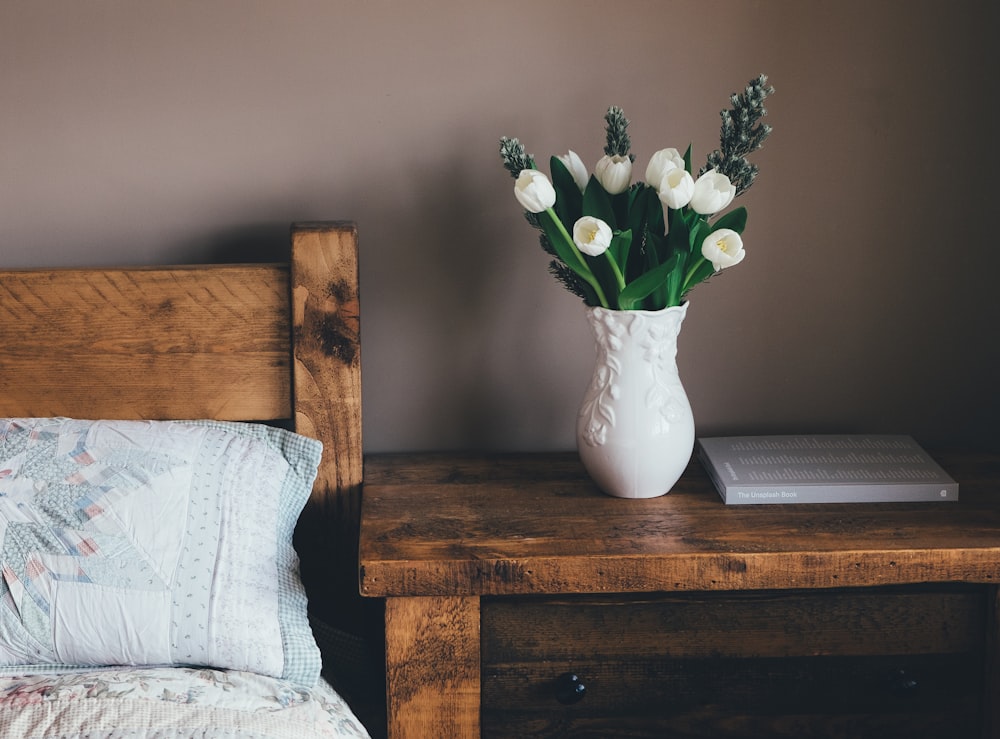Container Home Plans: Designing Your Dream Sustainable Living Space In today's fast-paced world, where sustainability is becoming increasingly important, many...
customizable
Tiny Home Floor Plans: Maximizing Space Efficiently Subheading: The Rise of Tiny Homes In recent years, the trend of living...
Home extensions have become increasingly popular in recent years as homeowners seek to maximize their living space without the hassle...







